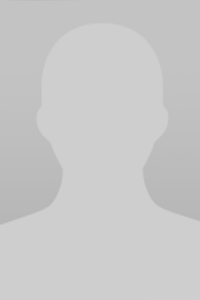Fix Staffing Ratios by Monetizing the Value of Nurses
The Shadow Health Comprehensive Assessment (SHCA) is a tool used to assess the current level of staff in a hospital. The SHCA is designed to support the planning and budgeting process for critical care and acute rehabilitation services.
The SHCA provides an assessment of staff levels, costs, resources and staffing ratios for each service area in a hospital. It includes information on staffing levels for all clinical areas including emergency department, operating room, intensive care unit and general medicine; as well as information on the number of nurses per bed, nurses per bed ratio and nursing hours per day. The SHCA also includes data on the number of beds available at each location in the hospital with information on how many beds are occupied by patients or how many beds are empty but are not being used.
A nurse is a person who works in the health sector. It is a very important job that needs to be done by a qualified person. However, it is not easy to find the right person for this job. This article will explain how nurses can be hired and how they can be compensated for their work.
Nurses are an expensive labor cost that corporations want to decrease, minimize, and offset.
The comprehensive assessment shadow health look at your health and the state of your body. It is a way to assess your overall health, which can be useful for employers and insurance companies.
The shadow health is the part of the health care system that is not visible to the general public. It includes all aspects of a patient's health such as their mental and physical wellbeing. It also includes how patients are treated by their doctors and how they feel about their care.
The shadow health is a relatively new concept in healthcare, with only about half of the world’s population having access to adequate medical services. In addition, there are disparities among different countries in terms of quality and accessibility of healthcare, which has led to an increasing number of people living with chronic diseases like diabetes and heart disease.
The shadow health can be defined as any aspect or symptom that is not apparent to the general public but can be detected by medical professionals when they look at a patient’s records.
If these programs are about quality care it is the logical next step to add safe nurse staffing to CMS.
The Shadow Health Assessment (SHA) is a comprehensive assessment tool that allows providers to assess the health of patients and their families. The tool uses data from the patient’s medical record, and other sources such as family members, caregivers, and friends. It then provides a snapshot of the patient’s health at any point during the assessment period. The good thing is that I can now hire someone to do my nursing homework for me.
This tool is used in healthcare settings to help staff provide more accurate care for patients in need of more care. This can be done by assessing their health status on an ongoing basis, providing them with information about their current condition so they can make better decisions about how much time they spend with each patient and what kind of care they are getting from their providers.
To ensure the safety of patients, the U.S. Department of Health and Human Services (HHS) published a plan for nurse staffing in 2015. The agency is seeking to reduce the over-utilization of nursing personnel by increasing direct patient care time from 8 hours per day to 10 or more hours per day.
We should not think of these programs as a replacement for human nurses. They are just tools to help nurses keep track of how many hours they are spending on patient care and how they can improve their efficiency by using them.


